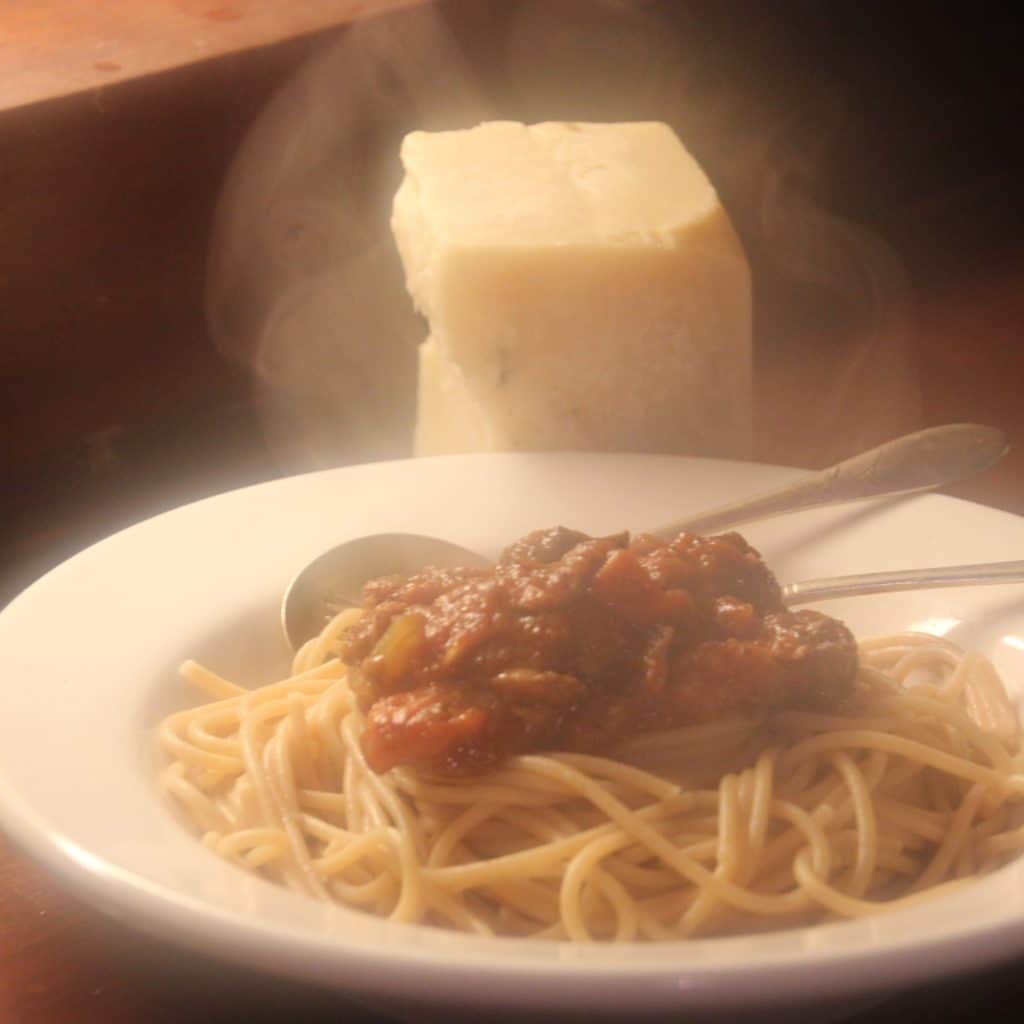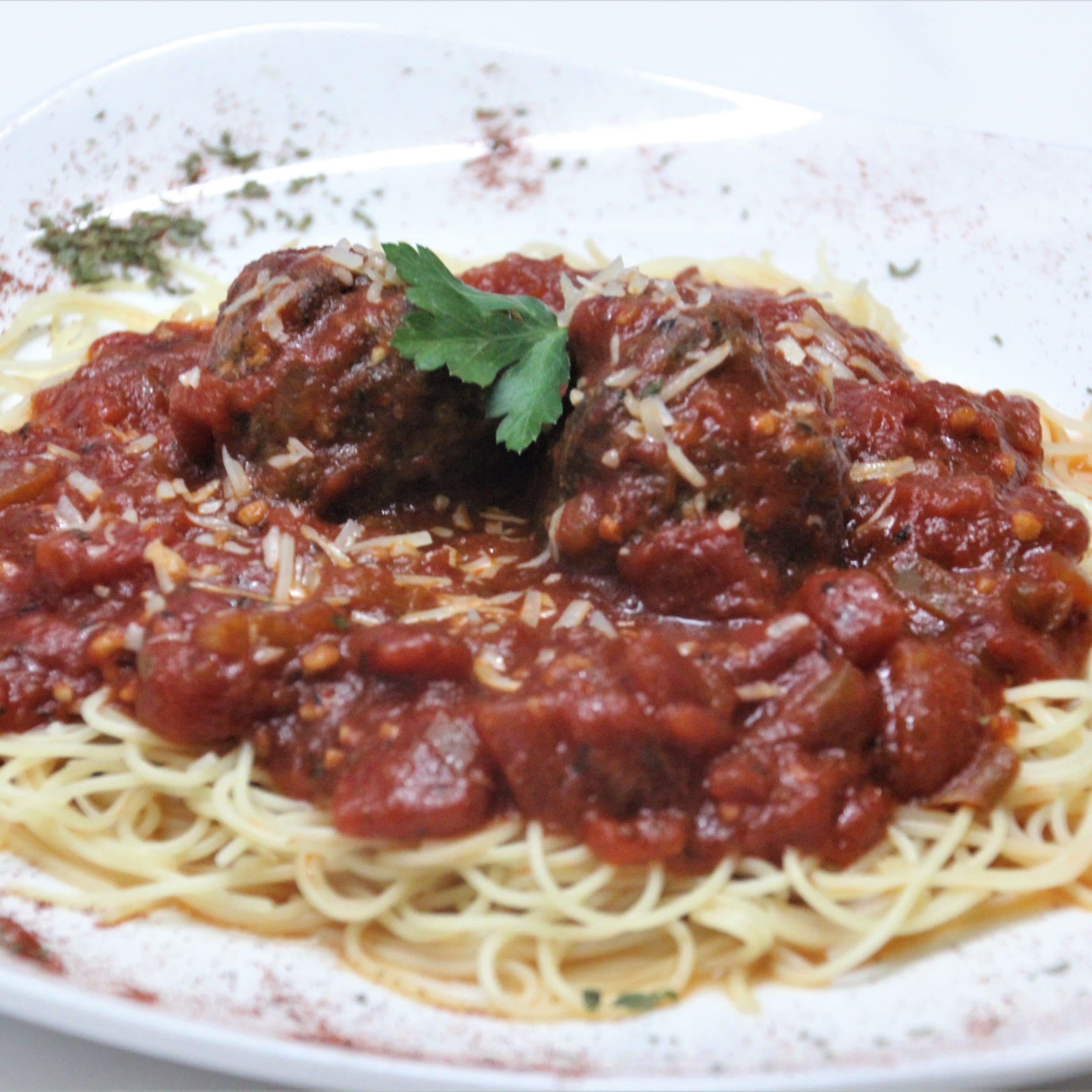Nothing is as near and dear to my culinary heart as pasta is. I simply adore it in all forms, styles, and in almost all presentations. I’ll go ahead and get the exception out there right now, so we can concentrate on all of pasta’s goodness: simply nothing is worse than overcooked, mushy pasta. It does not have to be to the Italian standard of al dente, but it does need to be somewhat firm. Follow the package directions, cook it a minute or two longer if you insist, but if it boils any longer than that, don’t serve it to me. Period.
One of my favorite ways to serve pasta is in its simplest formats: pasta with a little butter, some good olive oil (an olive oil that is assertive, not bland), and a sprinkling of Parmigiano-Reggiano. What could be better? It is delicious, filling, and will also fill you with bliss. I do love a long-simmered and meaty bolognese, but it takes forever to make, and my pasta cravings are often impulsive. Chop a vine ripe red tomato with some basil, olive oil, a pinch of red pepper flakes, toss with pasta, and you have another dream come true.
Pasta consumption in this country is not as regulated as it is in Italy. They have a ton of dos and don’ts. The one that surprises many Americans is that Italians do not eat pasta with red sauce and meatballs. They may be cooked together, but the pasta is served as a first course, and the meatballs follow in the next course. The Italians also insist that fresh pasta be served with a lighter, less hearty sauce, and reserve dried pasta for the bolognese. I tend to agree with that one. We also tend to think that the Italians eat only freshly made pasta that they can buy in the daily market down the street, and while it is true that the availability of really good, fresh pasta is better there, 80 percent of pasta consumed in Italy is dried.

Go to an American grocery store and you will be lucky to find a dozen types of pasta. You will find spaghetti, linguini, angel hair, lasagna noodles, elbow, penne, fettuccine, and a few more. How many types of pasta are there in Italy? It is estimated that there are 350. What is even more interesting is that Italian pasta experts say that different shapes have different flavors. By the way, an expert in pasta is called a pastaio (masculine) or pastais (feminine).
All of that being said, pasta does not have to be Italian to be good. Go to the Lee International Market on Division Street in Biloxi and you will find almost 80 feet of shelving displaying nothing but Asian-style noodles. Asian noodles are not all made from wheat, but also include rice flour, and mung beans. There are dozens of types of packaged noodles that come with seasoning packages, quite a few that are fresh and require refrigeration and dozens and dozens of dried noodles to choose from.
There are so many different types of noodles and pasta out there to try in the grocery stores, but if you add to that the specialty pasta companies that can be found on-line, it is simply staggering.
It’s a wonderful world, isn’t it?




